Preserved plants, flowers and trees are 100% natural. Plant preservation is a totally ecological process that replaces the natural sap of the flower by a preservative. That substance is close to sugar and is 100% biodegradable.
Thanks to that natural preserving technique, preserved plants and flowers retain their flexibility and their natural freshness without any maintenance. They require no watering, no special treatment or luminosity. These plants and flowers are ideal for weddings, unique gifts, home décor, fashion accessories and innovative products.
The PROCESS
For the best results, plants are preserved at the time of their life cycle when they display their most beautiful appearance.
They are harvested in optimal conditions with the respect of environment their natural renewal process.
They are then sorted before entering the preservation room, positioned in gutters - with their base immersed. During this step, the sap of the plant evaporates to give way, after a few days, to the new liquid - a mixture of vegetal glycerin, water, substrate and food colourant. Before a final quality control, plants are rinsed then dried. They are then ready for use...
This overall process can last between 7 and 20 days depending on the size of the plant. Each plant has its own preservation specificities: time, temperature of the preservative, ambient temperature, water quality, raw material, type of substrate... So it is not possible to preserve a plant outside its window of opportunity. This makes stock management quite complex, but still less complicated than it is with fresh plants.
A bit of HISTORY
The first patents related to preservation date back to the 1970's. Several methods have been developed with varying levels of success. For instance, lyophilisation has overshadowed preserved plant for a long time as they were wrongly compared...
In the 1980's, an association between a Swedish, a French and an Italian scientists democratised preserved plants. Together, they managed to develop sophisticated technologies enabling the implementation in France of a real preservation factory.The appearance of vertical gardens and preserved roses on stem have raised public awareness toward preserved plants.
ORIgin
Today, many producers exist worldwide. Each one is specialised in the plants he has in his environment. There are producers of preserved plants in Europe (Italy - France - Spain - Germany - Hungary...), Asia (Japan - China - Thailand...), Africa (South Africa - Kenya - Tunisia...), and especially in South America (Ecuador - Colombia...) where the majority of preserved plants is produced. SecondFlor is committed to using resupplying methods with a low carbon footprint. Whenever possible, we favour the European local producers. In the case of import, we prefer to use the boat rather than the airplane to transport our goods.
QUALITY of life
It is difficult to talk about preserved plants and flowers lifespan. Indeed, several factors strongly influence the evolution of plants over time: exposure to sunlight, humidity, handling...
We prefer to talk about "quality of life" because each plant behaves differently over time. Some plants slightly lose their colour when others darken. Some curl, others bend...
In any case, we cannot give an exact lifespan: the plant does not radically change overnight! However, it is possible to state that, under optimal use conditions, our preserved plants and flowers remain beautiful for several years.
CONDITIONS of use
Preserved plants are 100% natural. This is why it is necessary to follow certain rules in order to ensure their beauty and optimal lifespan:
- Indoor use only
- Fragile - Avoid touching the plants: they will not grow back
- No watering
- Avoid long exposure to sunlight behind a glass
- Do not put it too close to a heat source (radiator, halogen, fireplace...)
- Recommended humidity: below 70%
The FUTURE
In Japan, working with preserved flowers is regarded as an art in its own right. Specialised floristry schools teach these unique techniques. Indeed, working with preserved plants is different than working with living plants. This allows to create new objects, different and original creations only with natural plants! Gradually, the demand from the general public grows. The advantages of preserved plants are known. An increasing number of florists incorporate preserved creations in their offer. Professionals are also very interested in preserved plants and flowers because they are a real aesthetic alternative to artificial plants and is less costly than living plants. Technology is changing - the international market is growing year after year - the offer improves - the creative possibilities are endless - preserved plants fit perfectly in the changes in the florist business. Enthusiasts, take note!
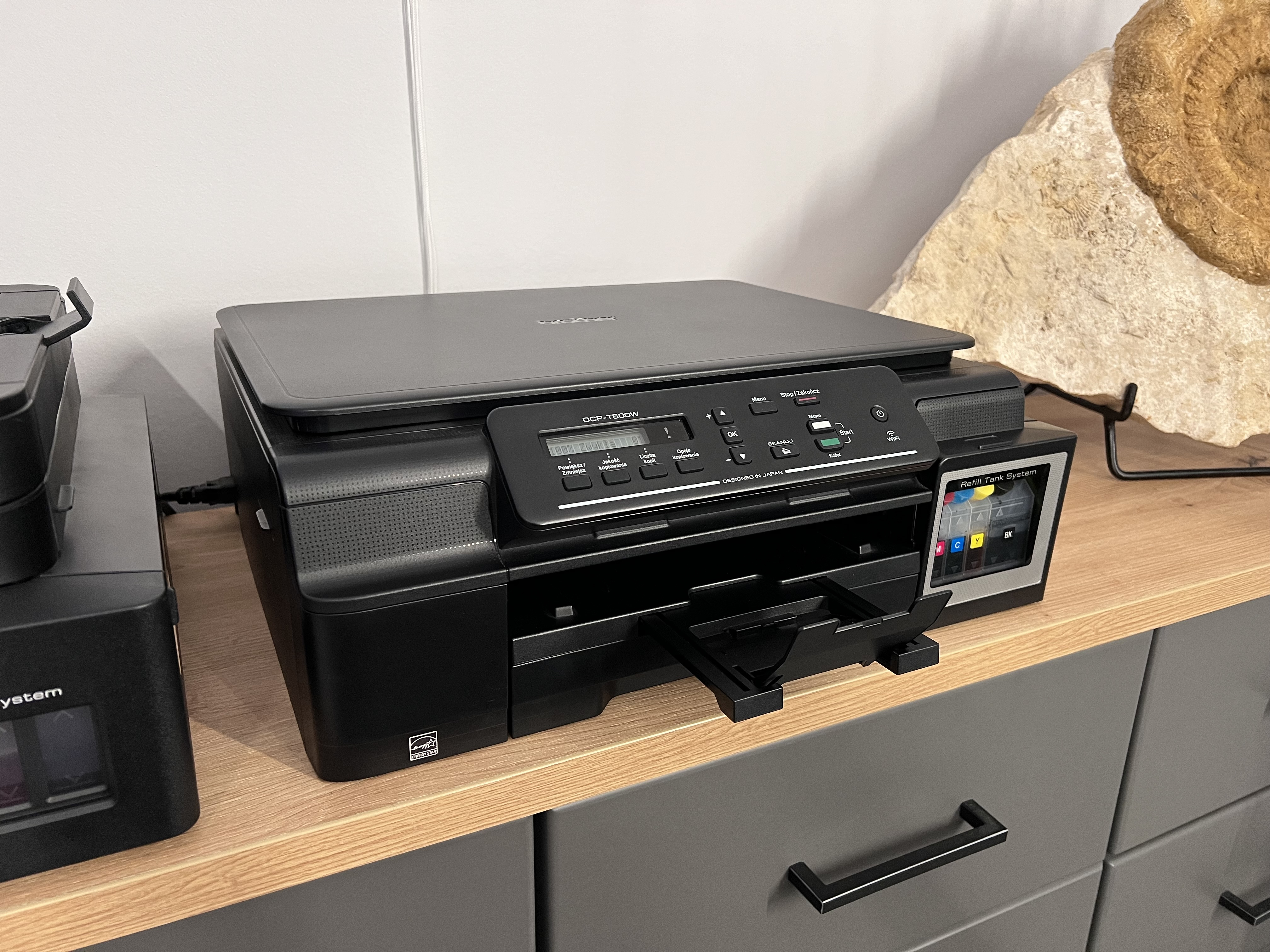


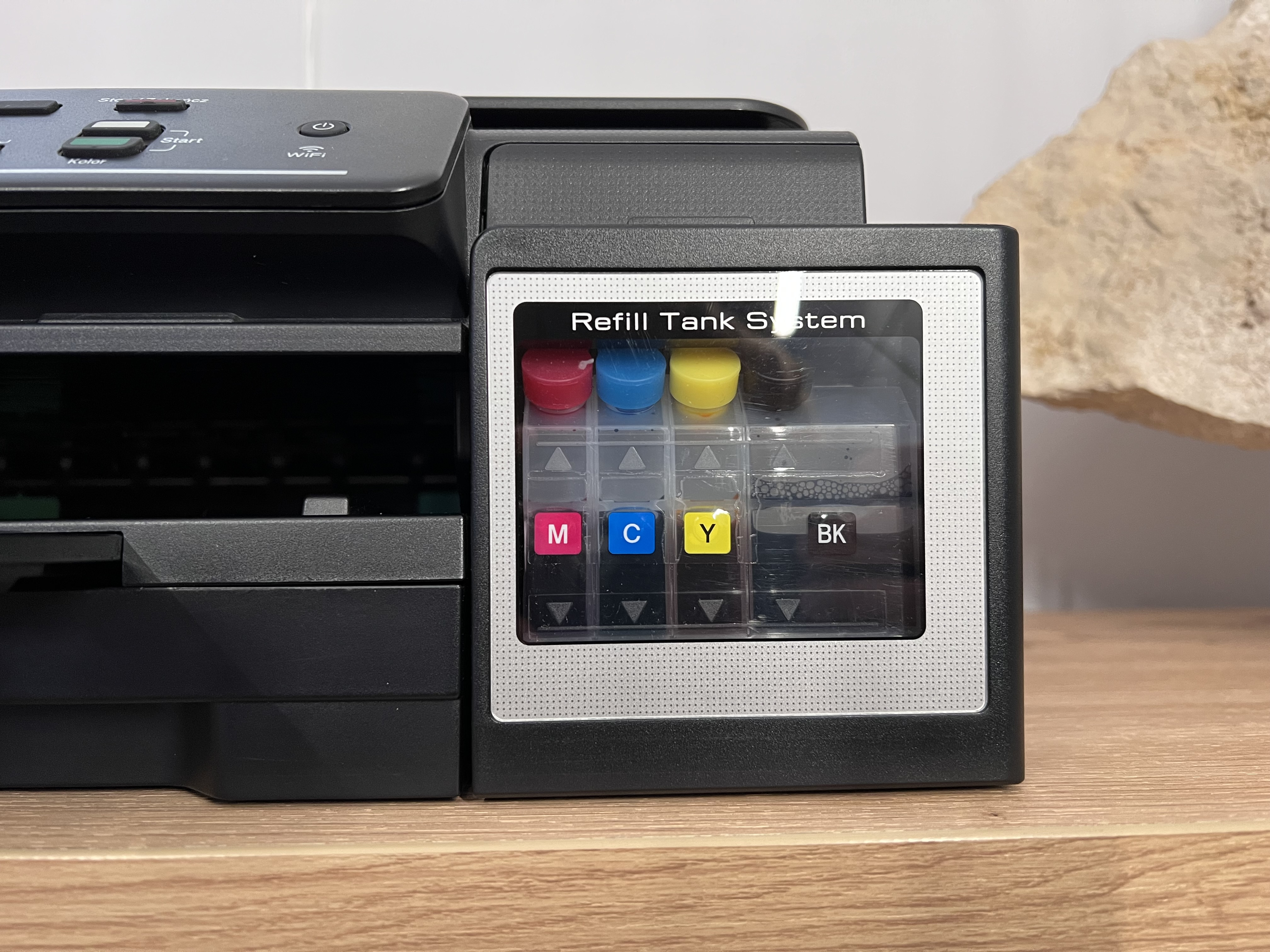
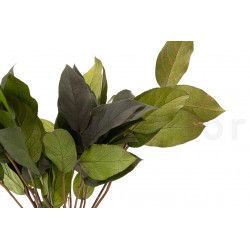
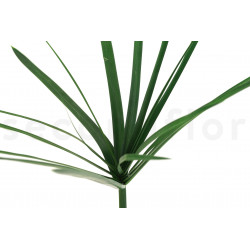
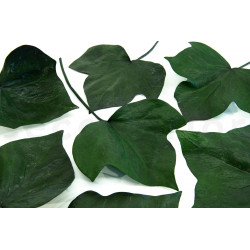



 fr
fr
 es
es
 de
de
 it
it





